If you ask me, the ambitious goal for any football league in Africa is to catch up to and eventually overtake tier three football leagues in Europe like the Swiss and Danish leagues. We have seen the likes of Brasileiro and MLS realize this vision. You also have a host of leagues outside Europe like K League, Saudi Pro League and J League jostling to accomplish the same.
This requires holistic work into all the elements that make a good football league. And, sorry to say, I can’t state that any football league in Africa is doing this kind of work. We only see piece-meal improvement even if they’re improvements all the same. This speaks to lack of a vision and/or constancy of purpose. With that said, we can learn from where progress has been made in the continent. Each of the elements of a football league has a leading nation in Africa. You may disagree with some of my takes but I welcome that and I would like to learn from contrary opinions, so feel free to share your views.
And just a note to the African football nerds out there that I could write a long form article on these issues any time but I’m choosing to do a light review of the issue. This is because of time and the fact that people just don’t read that kind of stuff on the internet anymore – dead internet theory and what not. What a shame. So, don’t fret too much if it doesn’t sound as exhaustive as you would like it to be.
Fan Attendance

The caveat with fan attendance in Africa is that either data is not easily accessible or it’s not even gathered and maintained at all. I am using part old data and part the eye test. Let me say that there is probably no African league doing 10k or more average weekly attendance.
Algeria stands out as the league with the highest average fan attendance. The roots of this is, one, the high urbanization rate in Algeria. It has the fourth highest such rate in Africa, at 75%, and the highest among any highly populated country in the continent. This results in a diversity of cities and towns to act as a platform to build fan support around.
Even more important, though, is Algeria’s history of regionalism and regional football tournaments – kind of like Brazil with its State Football. This is how they ended up having so many rivalries when in a typical African country you’ll only find two or three well supported football clubs. Morocco and Tunisia share in this but they don’t demonstrate the same intensity in support across the board as you have in Algeria. My hunch is that this is because Algeria has a more insular culture and this translates into stronger domestic football support.
Stadiums
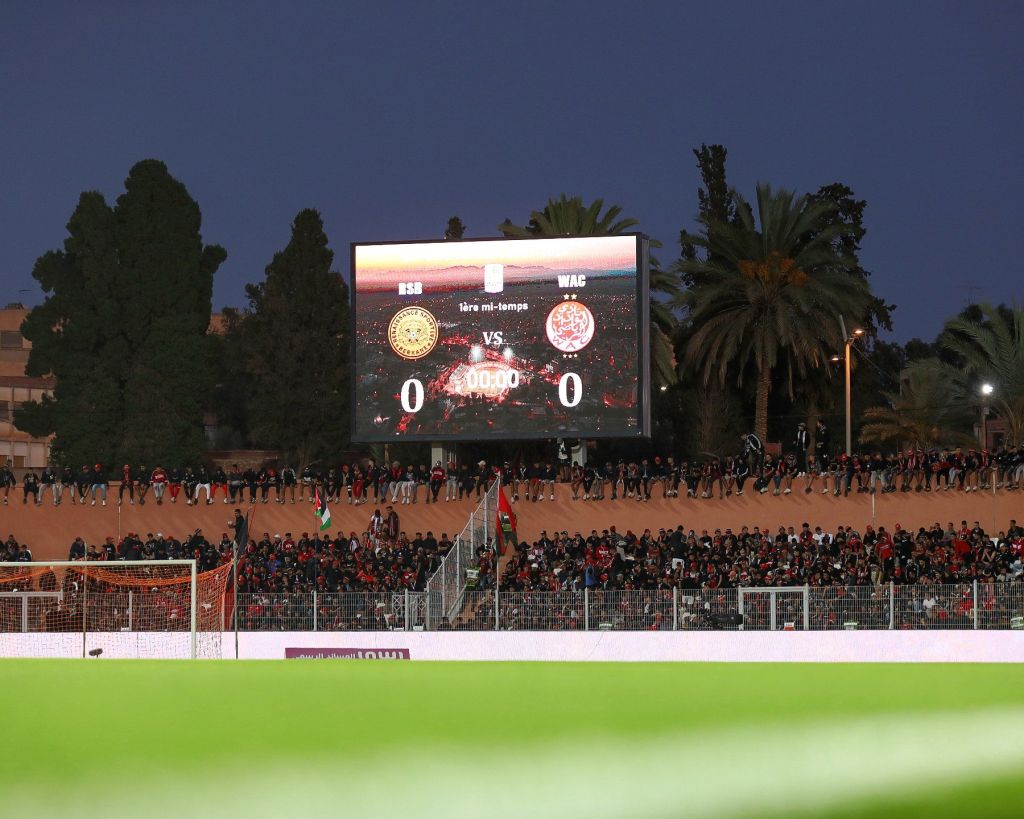
Morocco, easily. They have been hosting all sorts of tournaments and just yesterday got the rights to five editions of the FIFA U17 Women’s World Cup. Personally, I’m not sold on how Morocco hosts all CAF events without public bid invitations nor all the taxpayer money going to the 2030 World Cup bid. I am more impressed with how Morocco has renovated all small venues across the first two divisions. There are no bad pitches in Botola 1 and 2 and the small accessible stadiums look the part – they just self-sabotage when it comes to attendance but that’s a story for another day. This would be a lesson for Football administrators in Africa trying to lobby their governments. Ask for work in small stadiums. Big venues are not only overrated but are a waste of money. There’s a reason why Yanga wants to build only a 20k seater stadium.
Broadcast
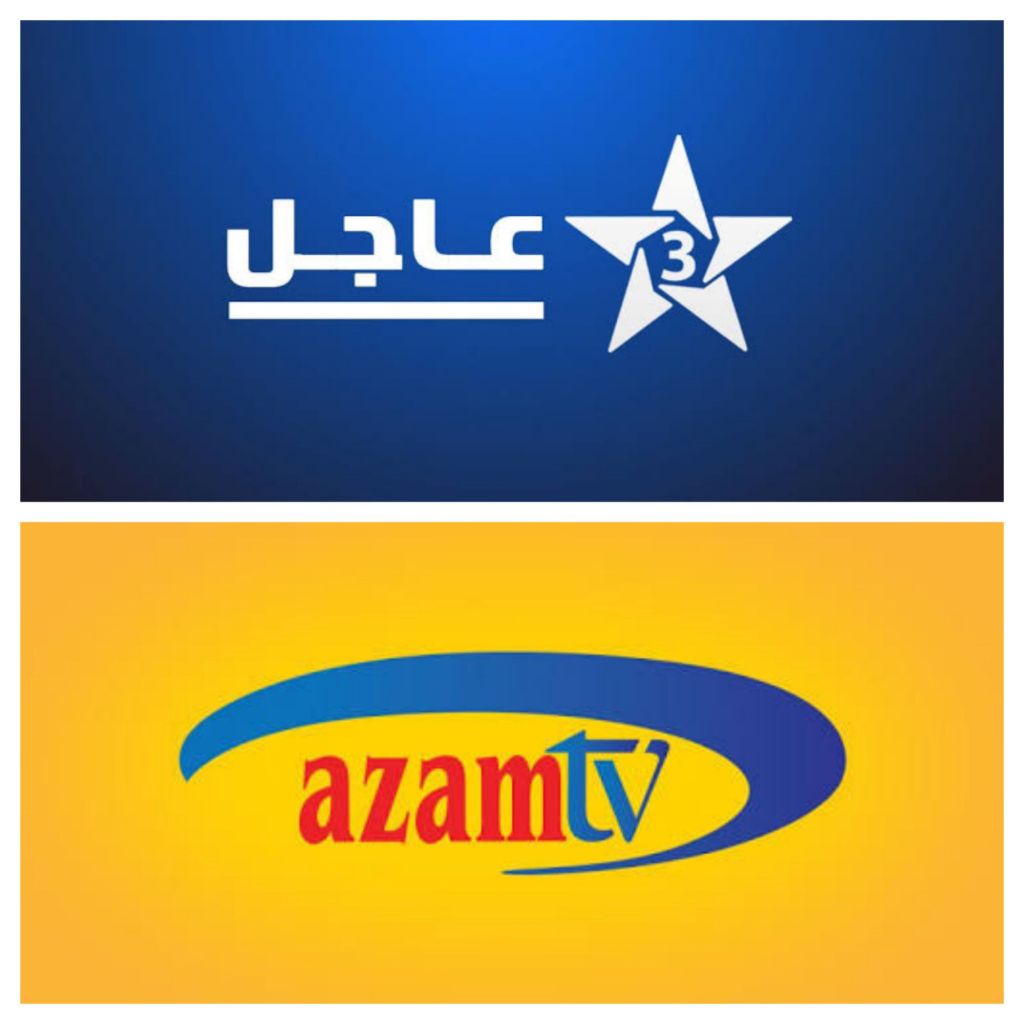
Egypt, Morocco and Tanzania broadcast all their league matches. The latter locks it behind the pay TV format but the first two are happy to employ free access on YouTube. Of course, broadcast also means quality and the trio deliver on this as well. Ligi Kuu doesn’t necessarily have great venues but the HD quality allows you to see past that. This is important when your targeted viewers will be flipping through channels. I am not going to get into valuation because the goal here is to get viewership.
Scheduling
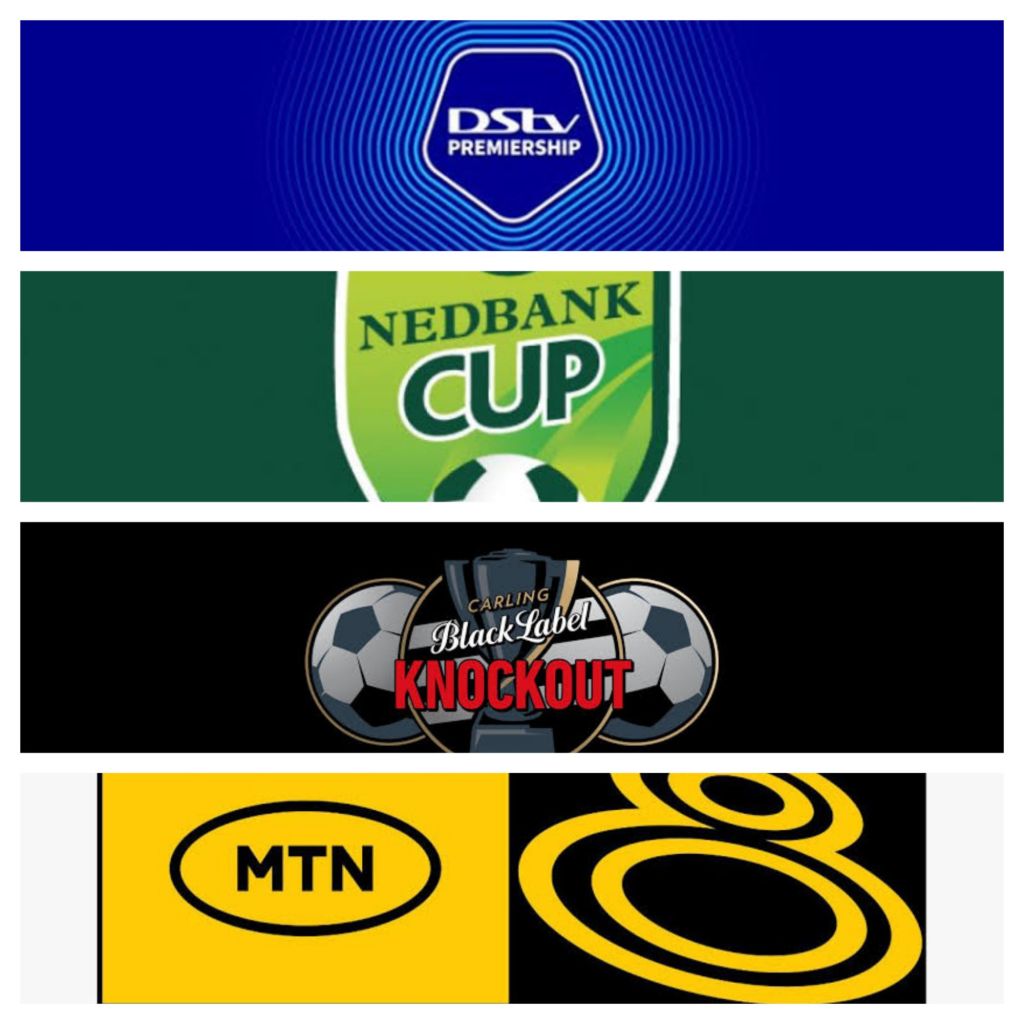
It’s really funny how countries with multiple CAF Club competitions participants struggle with this. This is to the point of trashing the ideal behind fair play by running match postponement leagues – look at how many games in hand Al Ahly has! South Africa, on the other hand, experiences CAFCL and CAFCC group stage participants plus the four competitions they organize in-country. They are always able to execute all of these reliably. This is because they prepare the schedule before the season starts and remain disciplined to it even if Sundowns fans complain.
Play three matches a week if you’re a top club, it’s not rocket science.
CAF Performance
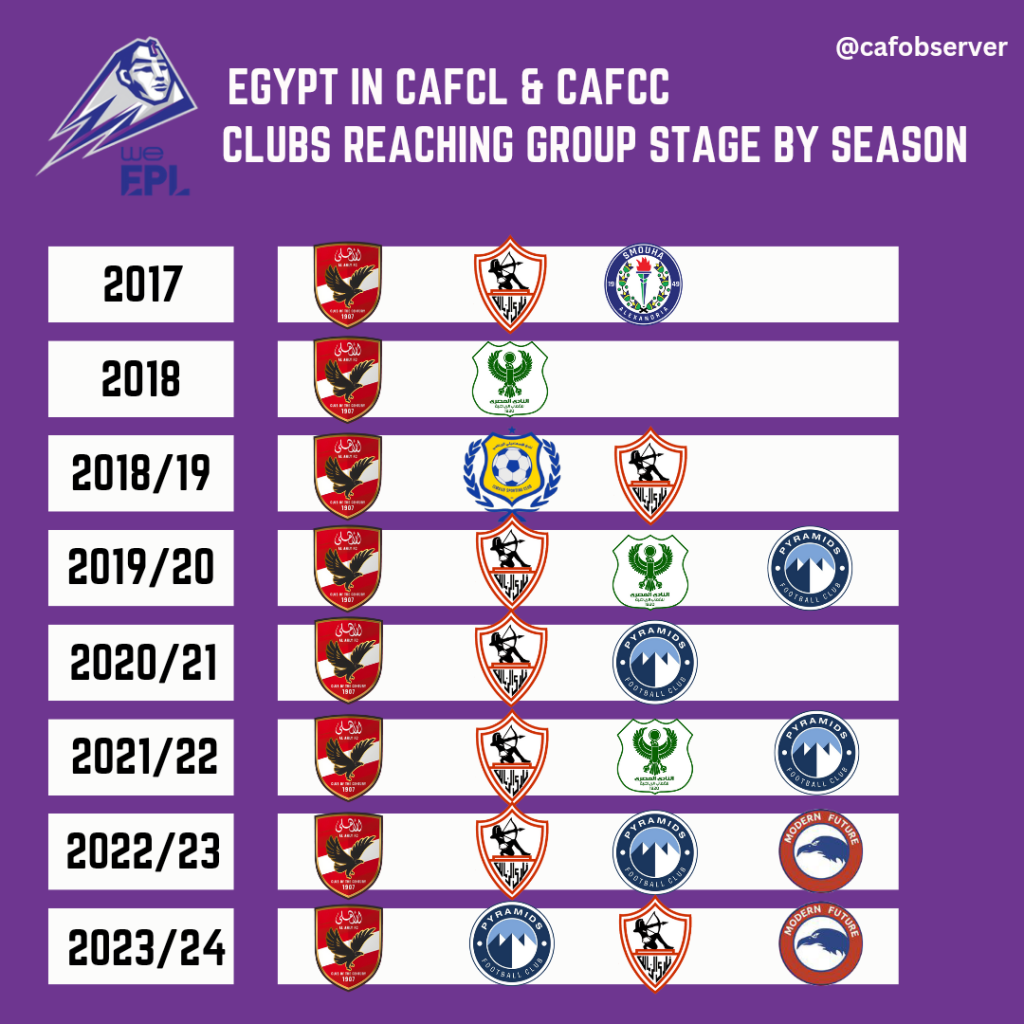
We know that Morocco is ranked number one by CAF mainly due to RS Berkane and Wydad Casablanca. But the Egyptian Premier League takes the cake for me. They have qualified all their entrants, in four of the last five seasons, into the CAF Champions League and CAF Confederation Cup group stages. This speaks to high quality at the top of the Egyptian League due to better management of local talent and recruitment of foreign ones. For example, Reda Slim, the best player in the Moroccan league last season is not even an assured starter at Ahly plus Kendouci gets an Algeria national team call-up while playing for Cleopatra Ceramica.
Depth
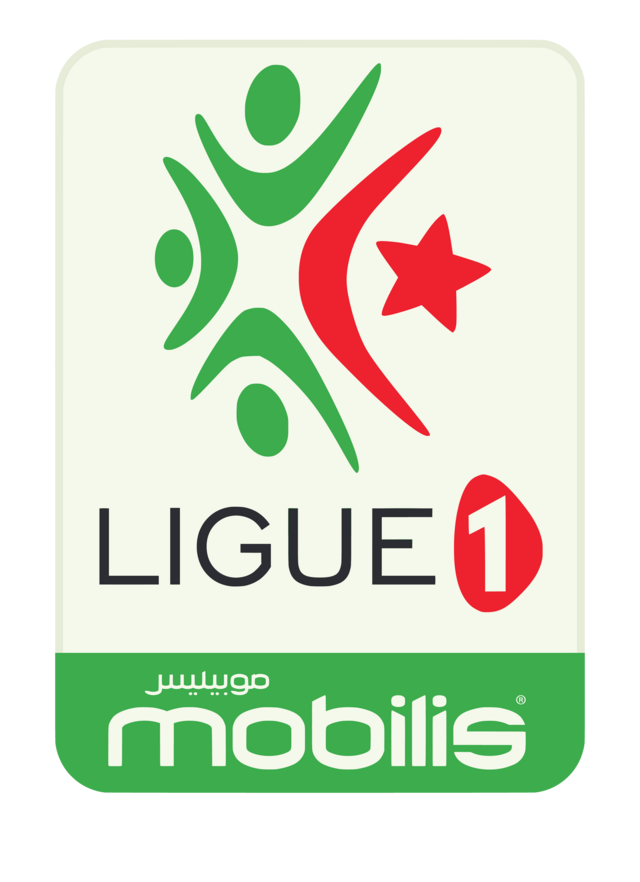
I am not just referring to the title race but the institutional pride that is inherent in the teams. As such, I have to bring up Algeria again. They are like the Nigerian League but better. Algeria Ligue 1 has qualified nine different teams to the CAFCL group stage. There’s always a debate whether Algeria should consolidate their powers, so to speak, in order to have an Esperance, a Sundowns or an Al Ahly. I don’t think that’s necessary. The competitive environment in Algeria if managed well can push teams to innovate around fundraising, scouting and coaching. Immediate areas I can see are elimination of foreign players quotas (it’s doing wonders for Simba and Yanga) and knowledge transfer from the massive Algeria Diaspora in France.
Marketing and Communication
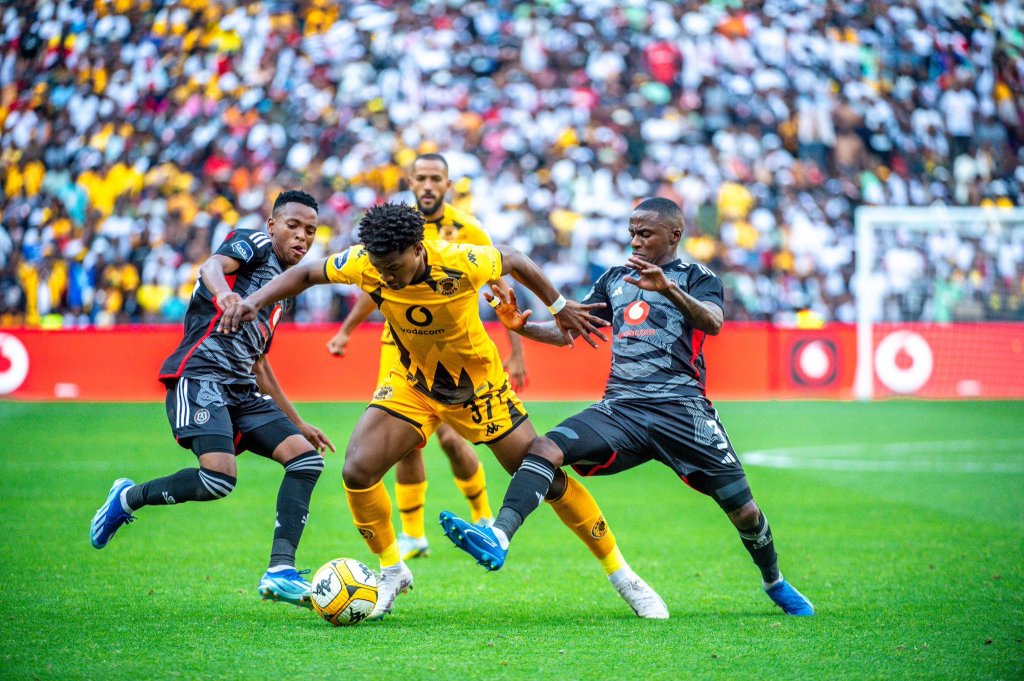
Believe it or not, a majority of top flight football clubs in Africa either don’t have or maintain a website. No, having only social media accounts doesn’t count. I can’t even get information like suspended players until after I have put out a match preview ha ha. Thankfully, South Africa bucks the trend. Last time I checked all their clubs had websites that got regularly updated. Add to this the league itself doing the same plus a very robust, diverse media ecosystem and you end up having a football league that is generous with information. This should be the standard across the continent. If I can maintain this blog, I don’t understand how a top flight football club should be unable to.
Sponsorship
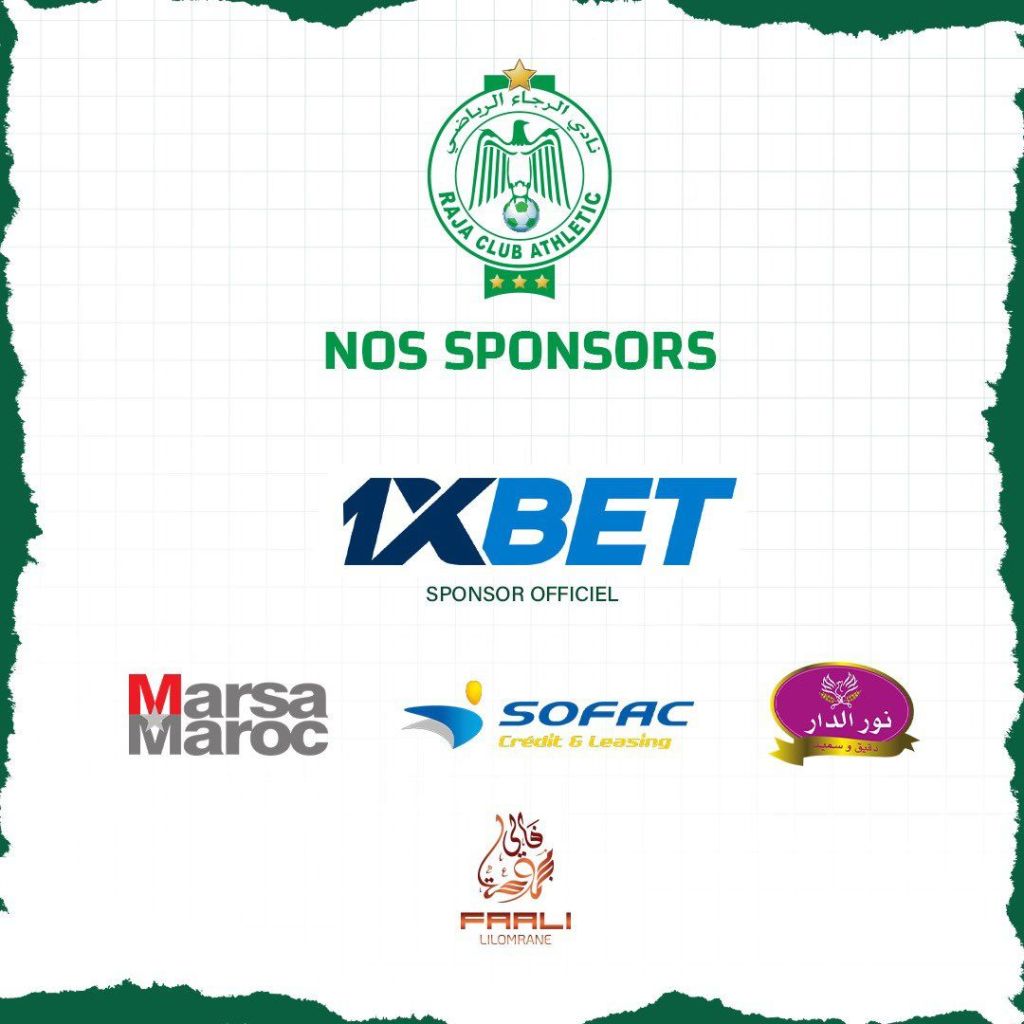
Here, I am going to veer away from valuation like I did with broadcasting. I am more interested in the depth and breadth of engagement with the private sector enterprises. This will manifest in the variety of sponsors that football clubs will tend to have and how seriously they take branding duties. And the winner is…Morocco. I like it when I watch Youssoufia Berrechid host a Raja Casablanca and it’s their own sponsors showing on the pitchside LED boards. I know that some leagues like South Africa and Egypt consolidate these things but I argue that this would only speak to the institutional weakness of the individual clubs.
Bonus – Financial Sustainability
Of course, we’re not going to avoid the elephant in the room. But this is a complicated issue tied to transparency and football club structure. I cannot say that I am happy at all with the situation. The likes of Sundowns, TP Mazembe run on Patrons. Is that sustainable? The likes of Raja Casablanca, Esperance Tunis try to make it work with very limiting organization structures. Is that viable? Al Ahly is in a very unique situation. Can we really learn a lot from them? Let this be a story for another day. Please.